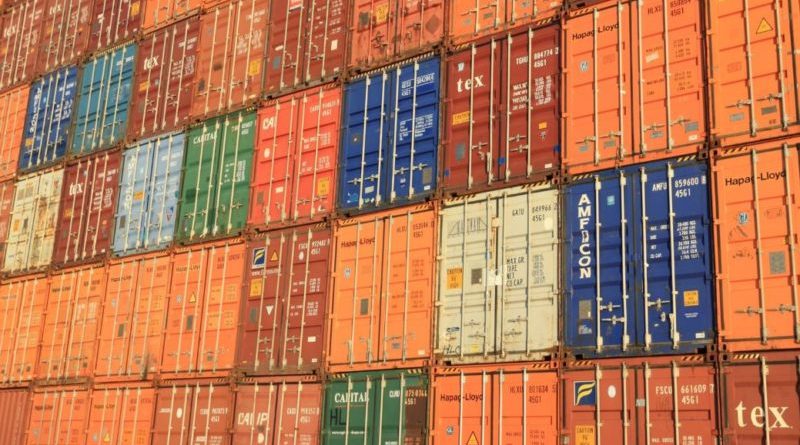Oversupply of containers sees prices begin slide
A correction in the prices of shipping containers appears to have begun with oversupply leading to a sharp decline in second-hand prices.
“The current situation of oversupply of containers is a result of a series of reactionary market disruptions that began soon after the outbreak of the pandemic in early 2020. With the rise in demand, congestion at ports increased and the container capacity was held up for a considerably long period of time. This led to the panic ordering of new boxes at record levels. With time, as markets reopen and demand softens, the oversupply is a natural outcome of demand-supply forces balancing at new levels,” said Christian Roeloffs, Cofounder and CEO of Container xChange, a tech platform that simplifies the logistics of container movement.
“The oversupply situation does not come as a surprise because the average container prices and leasing rates have been declining globally since Sept-Oct 2021,” added Roeloffs.
Freight rates have now dipped by about 20% since the start of 2022 and the price correction is predicted to further ease, though a return to levels seen prior to the pandemic remains a way off and is likely to while supply chain disruptions remain.
In Europe, the price of a 20 DC into Hamburg, Antwerp and Rotterdam sits at $2,020, $1,849 and $1,746, respectively, each coming from north of $2,500 in September of 2021.
The rate of decline is yet steeper for 40 HC and the value enhanced if loading more goods. from north of $4,000 in September 2021, prices now range between $2,741 and $2,882.
Fresh data published by Drewry indicates an excess of 6 million TUEs of capacity in the global fleet of containers. Container xChange analysis further states that the oversupply will obviously lead to the requirement of more depot space which is already scarce.
As the world witnesses the easing of supply chain disruptions in the coming months it will likely lead to higher box productivity and a structural surplus of containers. If we also see further softening of demand, this will increase the supply of containers available for cargo.
There is a high possibility of a scenario where the equipment capacity will not get soaked up.
Roeloffs says of this: “This situation will lead to tighter depot space, carriers will rush to get rid of their older equipment, second-hand container prices will continue to slide gradually only to reach a new normal level and the new market will dry up.”
According to the source: U.S. Census Bureau, U.S. Imports decreased by 2.4% between March and April. Purchases of goods went down USD 0.1 billion as higher imports of industrial supplies and materials (up 1.8 billion) were offset by lower imports of consumer goods (down 1.5 billion).
Roeloffs concludes: “To sum up, we foresee a significant rise in the pent-up, peak season demand. This will likely keep container prices potentially stable (prevent them from falling further down or skyrocketing) in the short term as we inch closer to the peak season.”
“What remains to be seen is how the geopolitical circumstances and the pandemic-induced lockdowns (for instance, in China) play out in the coming months.”
For an analysis on the knock on effects of container prices to cycling suppliers, head here.



